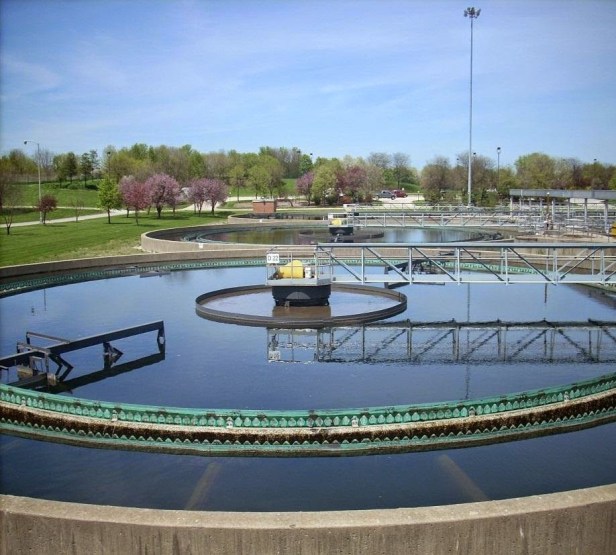New report underscores cost impact of PFAS on POTWs, biosolids facilities
Water Finance & Management | November 2, 2020

Read the full article (Water Finance & Management)
“The National Association of Clean Water Agencies (NACWA) has released a new report by CDM Smith in collaboration with NACWA, the Water Environment Federation (WEF) and the North East Biosolids and Residuals Association (NEBRA) that quantifies the cost impacts of PFAS policies and regulations at 29 publicly owned treatment works (POTWs) and biosolids management facilities mainly located in the New England region but also in several other states throughout the country.
The report presents a comprehensive analysis of an in-depth survey created to help quantify these costs and operational impacts.
The report found, on average, the cost of biosolids management of those surveyed grew by 37 percent in response to PFAS regulations and that land application/beneficial reuse of biosolids experienced the most significant cost impacts. Further, in a comparison of biosolids disposal costs before and after PFAS regulations, those utilities surveyed found a doubling in costs to switch from beneficial reuse to landfill disposal.
This report is a helpful first step at identifying the regulatory costs of PFAS on beneficially used biosolids management programs across the country. However, it is imperative as state and federal regulatory authorities continue to look to mitigate PFAS concentrations in the environment that the cost burdens are not placed on the municipal clean water community or wastewater residuals management operations who are passive receivers of PFAS chemicals.
NACWA said it thanks CDM Smith and NEBRA for their excellent work to conduct the survey and present the results in a meaningful manner that will help inform not only the broader public but also state and federal PFAS policy efforts of the costs and possible unintended consequences of such decisions.
If members have questions, please contact Emily Remmel, NACWA’s Director of Regulatory Affairs.”
This content provided by the PFAS Project.
Location:
Topics: